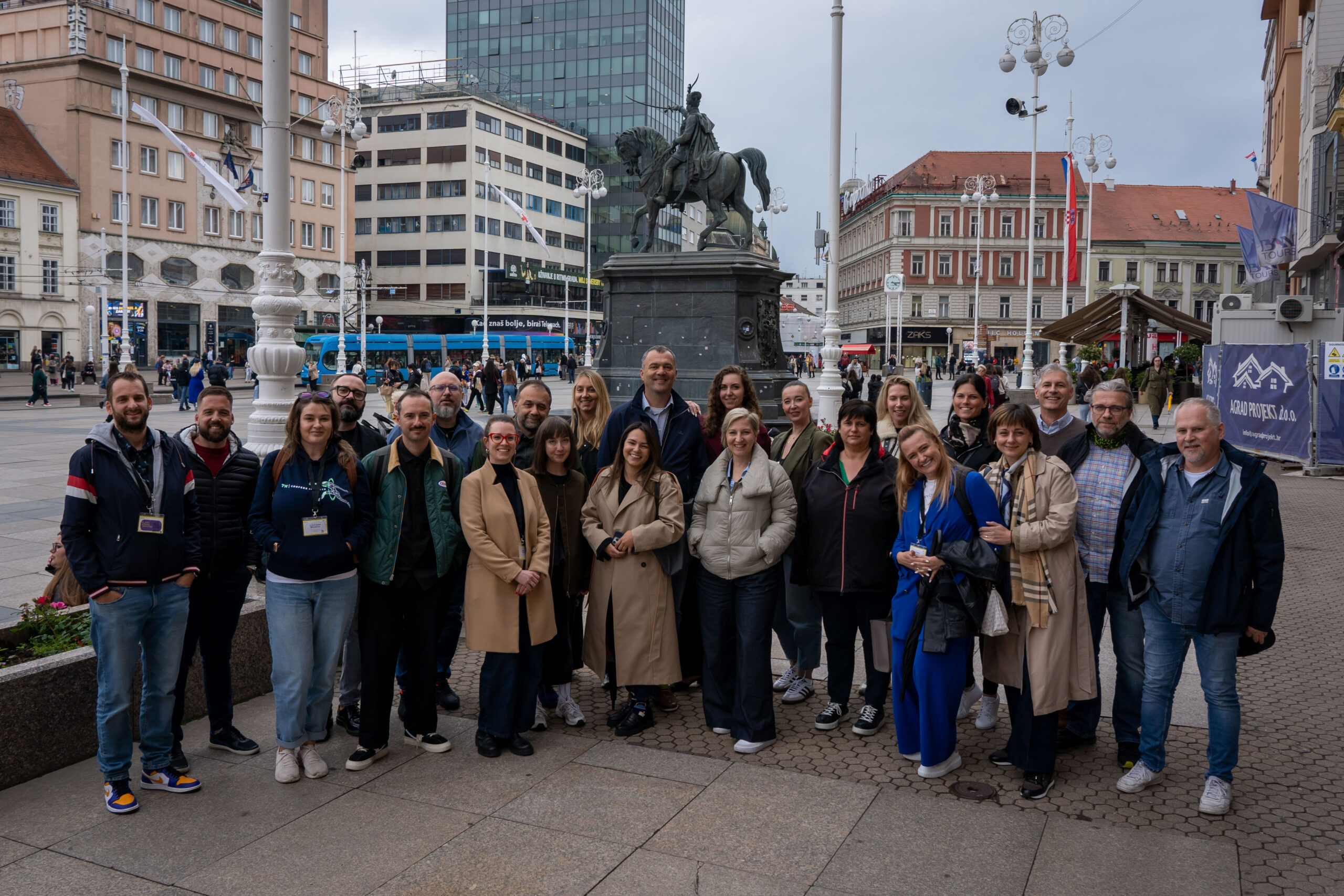FOREWORD OF THE CANNUAL REPORT 2015
“Because my name is Hungarian, everyone assumed I knew about Hungary. I didn't. They also assumed that if you knew about Hungary, you also knew about the rest of Eastern Europe.”
Tibor Fischer, British novelist
Central and Eastern Europe is all the same. CEE is a region with 15-20 countries that share the same historic and cultural background. This is the former Soviet Bloc; or the former members of the Council for Mutual Economic Assistance (COMECON, CMEA). Most of them are Slavic countries. If you understand Slavic mentality, you understand the insights of CEE customers.
Central and Eastern Europe is so diverse. Just look at the period following WWII – our most recent historic heritage. Baltics, Ukraine and Belarus were part of USSR, and the German Democratic Republic was its most disciplined ally. Hungary was the merriest barrack of the Socialist camp. And Yugoslavia pursued its own route allowing some elements of market economy under Tito’s communist regime. There are big differences between the Slavic countries of the East, the West and the South (i.e. Russia, Poland and Croatia). And what about Hungary or Romania, having nothing to do with Slavic culture and mentality (if anything like that exists at all)?
CEE is small. In terms of GDP/capita, even the champion of the region, Slovenia does not qualify to the top 30 of the world list. And the average amount of money affordable to spend on top of basic material needs is considerably lower than that of an average citizen of any Western European country.
CEE is big. In term of its population – including Russia, it is nearly 290 million – and real GDP growth: over the last 15 years, rates have outperformed those of the Euro zone and they are set to remain above the Euro zone average. That means big potential.
The main challenge is diversity itself
Due to its peculiarities, it is not easy to understand the CEE region. Unevenly developed and fragmented markets pose a challenge to businesses due to uneven sector developments in different EU markets, small populations, different currencies (outside the Euro zone), multiple languages, cultures, and customer tastes.
Trends and figures vary extremely country by country. As stated by the World Bank: geopolitical tensions between the EU and Russia over the Ukraine crisis, including mutual economic sanctions, have hit production, exports, consumer confidence and investments across the region.
At the same time, German economy has shown inconsistent growth since the middle of 2014, which has negatively affected those countries that are part of Germany’s industrial production chain (such as the Czech Republic and Slovakia). That said, German economy is strengthening, and we expect it to improve further. Combined with the consolidation of slight recovery all over the Euro zone, this should help boost all export-dependent CEE economies.
Several researches analyze the peoples of the world according to their attitude towards their future. Greeks have been topping the lists of the most pessimistic countries for long years, but 4 CEE countries – Czech Republic, Slovenia, Hungary and Poland – also qualify in the top 10!
Nevertheless, we are used to crisis situations and would find our ways to overcome them. Ukraine was hit very hard by the financial crisis starting in 2008, and when the National Bank of Ukraine froze bank deposits for several months, I asked one of my colleagues from Kiev about the methods to cope with this difficult situation. His response was: “This is nothing serious, as long as you do not have to queue up 2 hours for bread and end up without getting anything, there is no real crisis!”
Specific consumer habits and media market
Doing business, understanding and communicating to customers in the Eastern part of Europe cannot follow the patterns of developed economies. Decades under socialist regimes have made people suspicious, cynical and difficult to influence. CEE customers show very little brand loyalty and attach far less importance to brand values than to discounts or promotions.
The media market has its peculiarities, too. Television is still the strongest medium and has the highest penetration level in all countries. In some, there are only a few channels dominating the market, while in others, there are not any extremely powerful players; or it is some sales houses that control all TV spending. Although online advertising growth rate is proportionally higher in CEE than in Western Europe, spending on TV advertising is still higher than that on online media per capita.
And you cannot ignore the fact that not only media moguls but – in some countries, ever increasingly – governments exert influence or even direct control on media outlets, too. Not only through taxation but also by channelling media spending of state institutions or state owned companies into their favoured media groups.
It is an additional difficulty that advertising markets suffered heavily from the crisis. Concerning marketing spending or advertising income they have shrunk significantly in recent years and have remained below pre-2008 levels. Decline of year-on-year growth rate of the advertising market is higher in CEE than in Western Europe.
The CEE way of doing business
Individual markets of this region – with the exception of Russia, Ukraine and Poland – are relatively small; therefore multinational companies look at CEE as one business unit, merely for practical reasons. However, taking into account the diversity and the specific character of these countries they are very difficult to handle and manage together.
It is very difficult to understand the markets/customers and find the communications solutions which work efficiently in the individual countries unless you have the right feel for it. Eastern Europe has experienced more change during the life of the last generation than any other region of Europe.
Since there are no traditions of market economy in this region, we do business in a unique way. Legislation and rules are no boundaries – opportunities instead. An Eastern European businessman is always flexible and innovative, acting as part of the solution and not the problem. Corruption at every level, punitive and ever-changing taxes, politics invading everyday life – we cope with them. „We will manage” is the motto.
We know it because we have grown up here, experienced the ups and downs… We just know what works and what doesn’t.
CEE is in our genes.
CANnual Report is for all who are doing business in CEE and need some help in understanding the markets.
All data and information in the booklet was provided by our affiliate partner agencies who qualify as leading communication consultancies of their individual countries. Edition and graphic design was provided by Café Communications in Budapest.
Author: László Szarvas, International Business Development Director, Café Communications
- Egyéb kategória
- April 17, 2015
Central and Eastern Europe: a Region of Contradictions
-
Writen by
-
Reading Time6 minutes read












